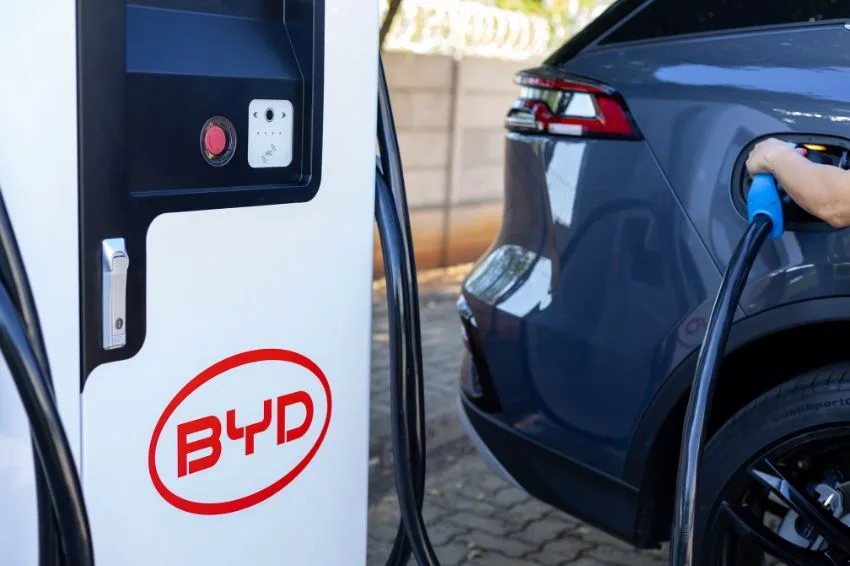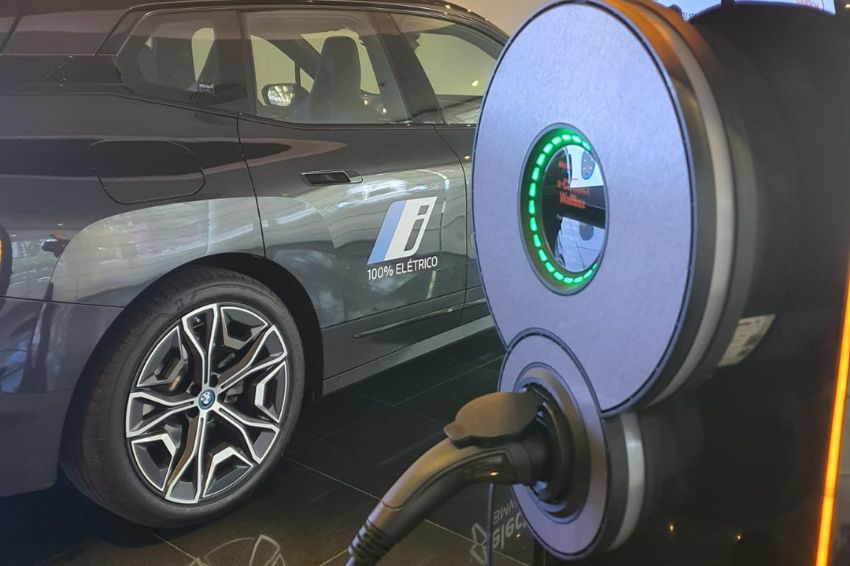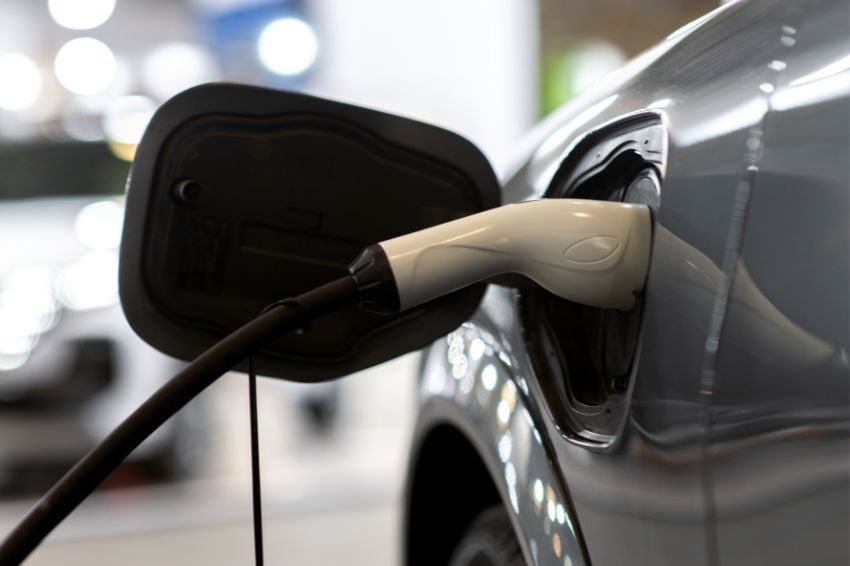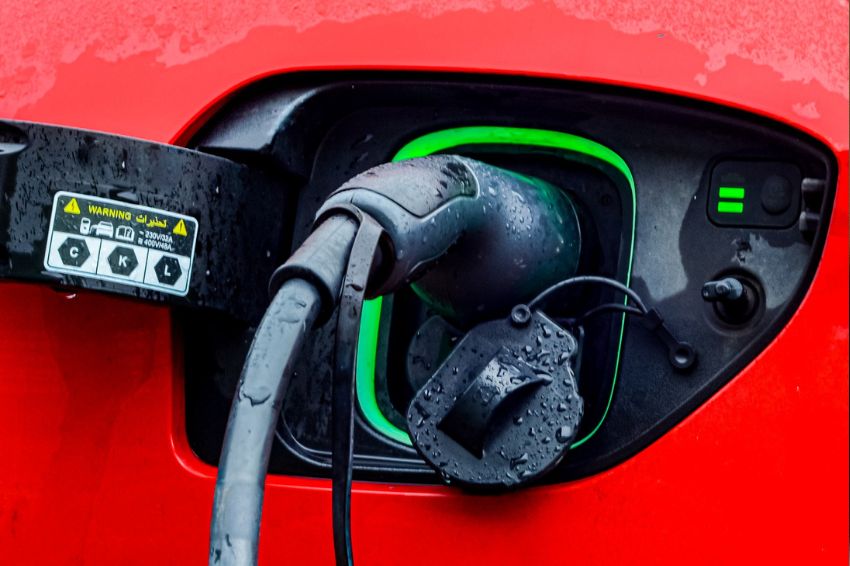The search for clean and sustainable energy has already become a trend among Brazilians. The photovoltaic solar source, for example, reached the historic milestone of 7 GW of operational power in the country. In the sector of EVs (electric vehicles) growth is also proving exponential. According to ABVE (Brazilian Electric Vehicle Association), the projection is that 19 thousand electric cars will be sold in Brazil by the end of the year, an increase of 60% compared to 2019 and 378% compared to 2018. But what about the global market? In this case, we can also observe that electric mobility is increasingly gaining strength and becoming more common. According to report released by BloombergNEF, EVs will account for 10% of car sales in 2025, with that number increasing to 28% in 2030 and 58% in 2040. Currently, they represent around 3% of sales. “This increase is due to battery prices falling, energy density improving, more charging infrastructure being built and sales spreading to new markets,” BNEF said. Another fact highlighted by the consultancy is that in 2022 there will be more than 500 models of EVs available globally. Adalberto Maluf, president of the ABVE Council, highlighted that the electric mobility It is already a reality in the world and, therefore, the sale of these vehicles is growing and more models are emerging. “The plans for rebuilding the economies, post-Covid-19, in many countries have a strong environmental bias and the construction of a green, low-carbon economy”, commented the executive. Regarding Brazil, Maluf said that the country needs to decide whether it wants to play a leading role in the topic or whether it remains on the sidelines of major innovations, “as spectators of this technological revolution that is emerging worldwide”.
Which vehicle segments will lead?
Looking to the future, BNEF showed which car segments are expected to lead this expansion in 2030. First come municipal buses, representing 58% of the fleet, followed by two-wheeled cars (scooters, mopeds, motorcycles), with 40%. Next are light commercial and passenger vehicles, both with 28%.
European and Chinese markets drive growth
The BloombergNEF report noted that growth will be driven by the European and Chinese markets, which are expected to account for 72% of all electric passenger vehicle sales in 2030. As for the United States, the country will take longer to reach the levels of adoption that will be seen in Europe and China due to limited projections of charging infrastructure availability.
















